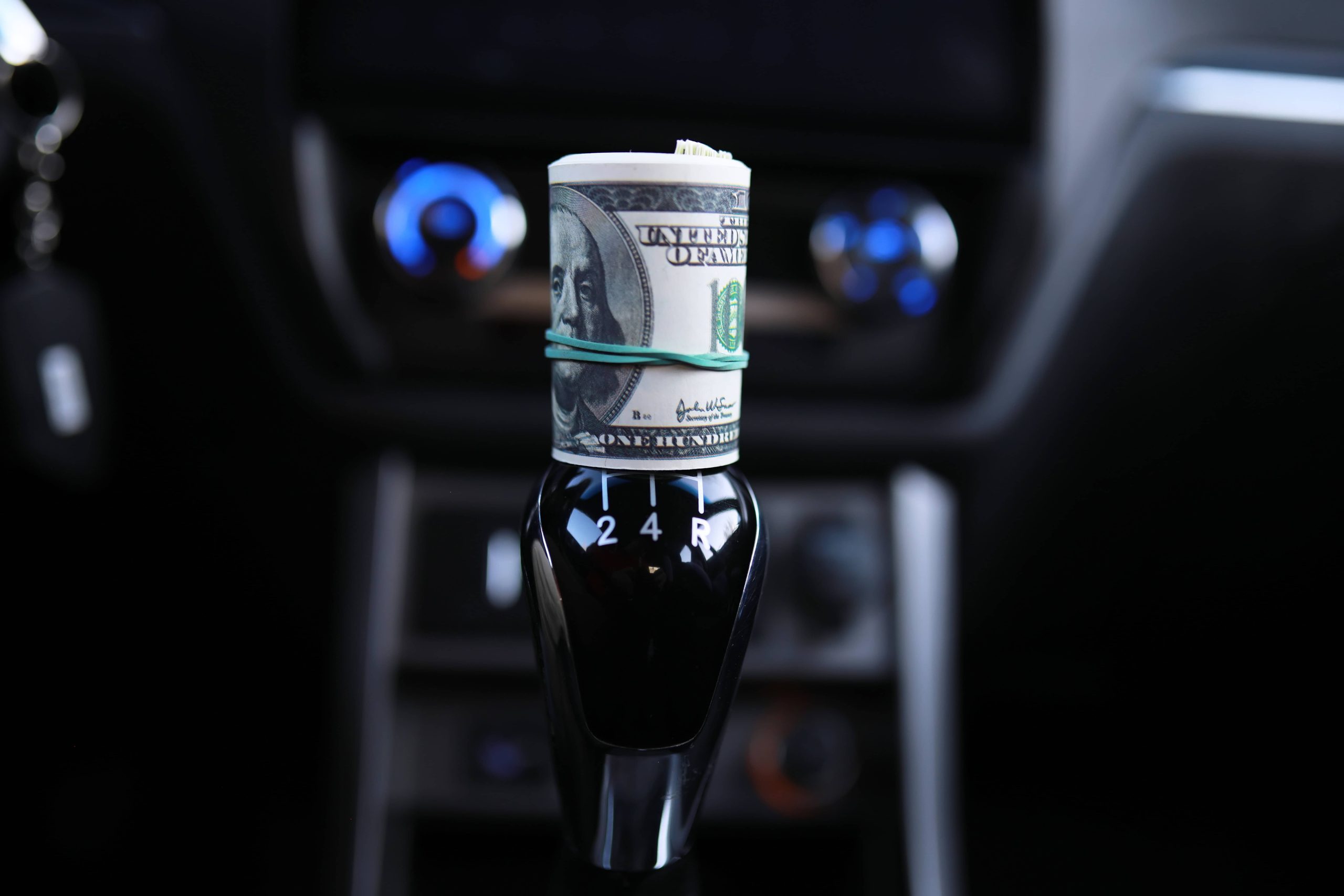Car insurance terms can be confusing. Words like liability and full coverage get tossed around during quotes or conversations, but their actual meanings aren’t always clear. More importantly, these terms affect both vehicle protection and financial peace of mind. Whether someone is insuring their first car or reviewing an existing policy, knowing the difference between coverage types matters. Picking the wrong policy could lead to major out-of-pocket costs after an accident. That’s why it’s important to understand what liability covers, what full coverage adds, and how to choose the right fit.
What Is Liability Insurance?
Liability insurance is the basic coverage every driver legally needs in most states. It protects other people—not you—if you’re responsible for a crash.
There are two main parts to it:
- Bodily Injury Liability: This covers medical costs, lost wages, and legal expenses for anyone injured in an accident where you’re at fault.
- Property Damage Liability: This pays for damage you cause to someone else’s car, fence, building, or other property.
Each of these has specific dollar limits on your policy. For example, you might see a setup like $50,000 per person, $100,000 per accident, and $25,000 for property damage.
It’s important to note: that this coverage does not pay for your car, your injuries, or your passengers.
What Liability Insurance Doesn’t Cover
Liability-only insurance has a serious blind spot—it doesn’t help you recover financially from an accident you caused. If your car is wrecked, you’ll need to cover repair or replacement costs yourself.
It also won’t cover:
- Injuries you or your passengers suffer in a crash
- Damage from theft, weather, or falling objects
- Hit-and-run accidents where the other driver can’t be found
Because of these limitations, liability-only coverage works best for people with older, paid-off vehicles they could afford to fix or replace on their own.
What “Full Coverage” Actually Means
Despite what it sounds like, full coverage isn’t a one-size-fits-all policy. It’s a term that usually refers to a combination of: state-mandated coverage (like liability coverage), collision coverage, and comprehensive coverage.
Let’s break those last two down:
- Collision Coverage: This pays to repair or replace your car if it’s damaged in a crash, no matter who’s at fault. It covers collisions with other vehicles, curbs, poles, and more.
- Comprehensive Coverage: This protects your car from damage caused by things other than a crash—like theft, fire, flooding, vandalism, hail, or hitting a deer.
Both types usually come with a deductible, which is the amount you’ll pay out-of-pocket before your insurance steps in.
If you’re financing or leasing your car, your lender likely requires you to have both collision and comprehensive.
What Full Coverage Still Doesn’t Include
Even with full coverage, you’re not covered for every possible situation. You may still need to add:
- Medical Payments Coverage or Personal Injury Protection (PIP): Helps with your medical bills, regardless of fault
- Uninsured/Underinsured Motorist Coverage: Protects you if another driver causes an accident and doesn’t have enough insurance
- Gap Insurance: This covers the difference between your car’s value and what you still owe on your loan if it’s totaled.
- Rental Car Reimbursement & Roadside Assistance: Helpful extras if your car’s in the shop or you break down
Be sure to talk with your insurance provider to see what’s already included in your policy—and what you might need to add.
Cost Differences: What You’re Paying For
It’s no surprise—more coverage means a higher premium. But that doesn’t mean full coverage is too expensive.
Your insurance cost depends on:
- Your driving record
- Where you live
- Type of car you drive
- Your age and credit score (in most states)
- Your deductible amount (higher deductible = lower monthly cost)
Liability-only policies are cheaper upfront. But if you’re in a serious accident, you could pay way more later.
When Does Full Coverage Make Sense?
There’s no universal answer—but ask yourself these questions:
- Do you have a loan or lease? If yes, full coverage is probably required.
- Could you afford to replace your car out-of-pocket? If not, full coverage is a financial safety net.
- Is your car still worth a decent amount? If the car is newer or holds value, protecting it is smart.
- Do you drive often or in high-risk areas? More time on the road = higher risk. More risk = more need for protection.
If your car is older, fully paid off, and not worth much, liability-only coverage might be enough. Just make sure you’re comfortable paying for repairs or replacement yourself if something happens.
Final Thoughts
Choosing between liability and full coverage is more than just a price check—it’s about your comfort level, budget, and how much risk you’re willing to carry. Liability insurance covers the basics. Full coverage builds a stronger shield around you and your car.
The best move? Get quotes for both. See the price difference, weigh the pros and cons, and pick the option that gives you peace of mind without stretching your wallet too thin. Always check with your insurance provider for the most accurate and personalized guidance.









